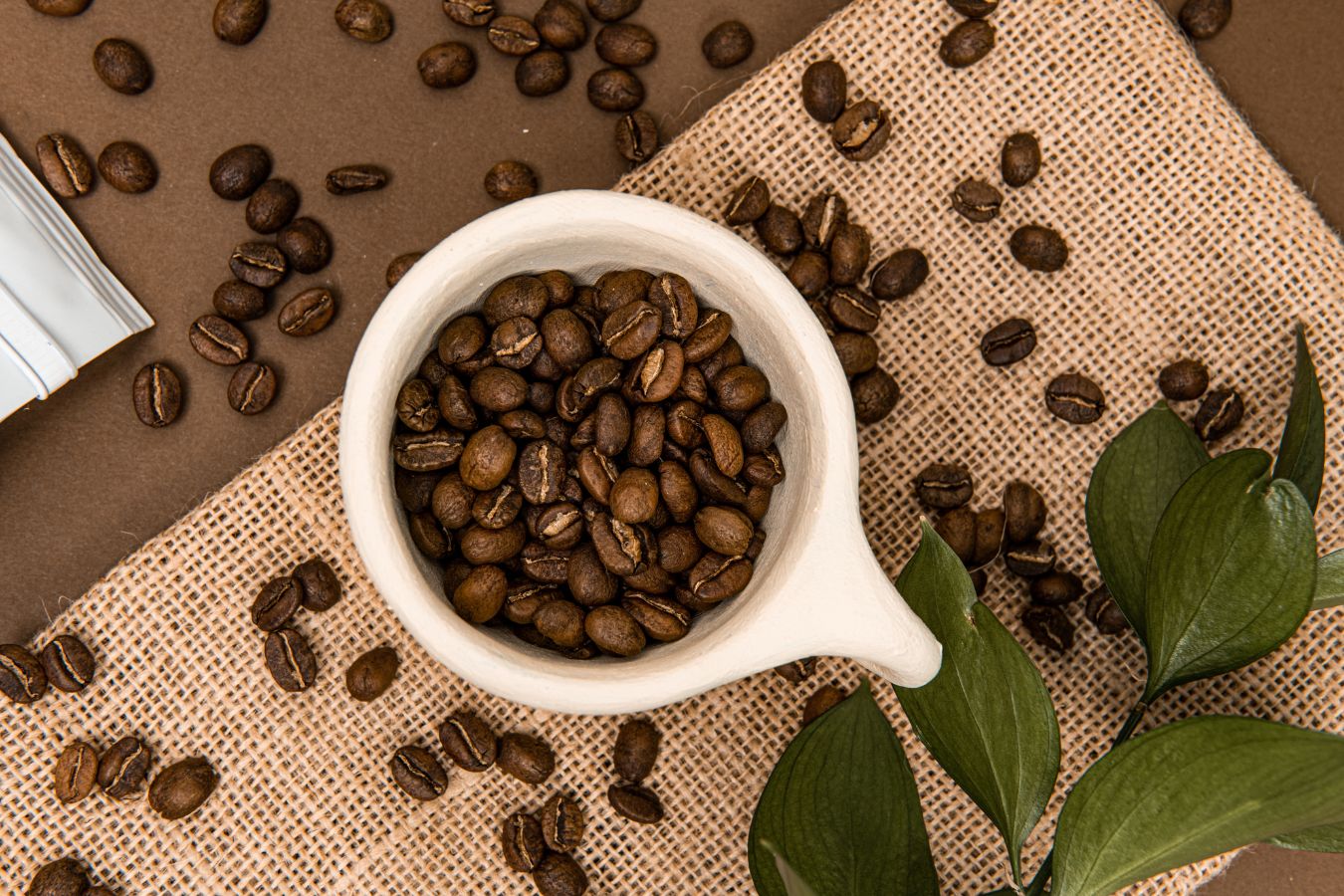
How Many Ounces in a Cup of Coffee: Whether you are a professional barista or a coffee lover, understanding the precise measurements is crucial to perfect the art of making coffee. A common question among both coffee novices and aficionados is “how many ounces in a cup of coffee?” In this comprehensive guide, you will learn about coffee measurements and the factors that influence how many ounces are in your cup of coffee.
A Basic Measurement Overview
Before we dive deep into the details, let’s start with the basics. The fluid ounce, often simply referred to as an ‘ounce’ in the U.S. measurements, is a unit of volume used to quantify liquids. Learning about ounces is imperative as they are frequently used in coffee brewing recipes.
Generally, 1 U.S. cup is equal to 8 fluid ounces. However, the number of fluid ounces can fluctuate depending on several factors, including the type of coffee being brewed, as well as the brewing method or the strength desired.
The Coffee-to-Water Ratio
For a balanced, delicious cup of coffee, the coffee-to-water ratio is an important aspect to consider. Most coffee connoisseurs recommend a standard ratio of 1 to 2 tablespoons of coffee grounds for every six ounces of water. But tweaking this ratio depending on personal preference or the unique characteristics of the coffee beans is not uncommon.
Type of Coffee and Brewing Method
The type of coffee and brewing method also play a crucial role in determining the ounces in your cup of coffee. For instance, when brewing espresso, a ‘shot’ of espresso is usually around 1 fluid ounce. However, when making a latte or cappuccino, a larger cup is needed to accommodate the added milk, often resulting in a total volume of 6 to 8 ounces.
Filter or drip coffee is another popular method of making coffee. For drip coffee, standard coffee mugs typically hold about 8 to 10 ounces. Yet, the amount served may vary due to the addition of milk or cream and the space left to prevent spillage.
French Press, a beloved brewing method for many, suggests a slightly coarser grind of coffee with a 1: 12 coffee-to-water ratio, yielding about 25 fluid ounces of coffee with an 8-cup French Press.
Coffee Strength and Personal Preferences
The strength of the coffee is another pivotal point that could influence how many ounces are in your cup. Strong coffee has more coffee beans per ounce of water, influencing the final volume in the cup.
People’s personal preferences, lifestyle, and cultural norms play an enormous role, too. Some prefer the Americano-style coffee, which is typically a single shot of espresso diluted with hot water, served in a 12 to 16-ounce cup. Others enjoy Turkish coffee, served in small cups of about 2 ounces, but packed with bold flavor and strength.
The Size of the Cup of Coffee
Another factor that can greatly impact the number of ounces in your cup of coffee is the size of the cup itself. Espresso cups, known as demitasses, generally hold 2-3 ounces. A typical coffee mug in the United States holds about 8-12 ounces. However, mugs can range in size up to 20 ounces or more. Travel mugs are designed to hold more coffee, usually about 12 to 20 ounces or more.
Conclusion
To put it plainly, the number of ounces in a cup of coffee isn’t a one-size-fits-all scenario. However, for the traditional American coffee mug, you can expect to pour about 8 to 10 ounces. But remember, the formula can be influenced by the coffee-to-water ratio, brewing method, coffee strength, type of coffee, and the size of your cup. Making a perfect cup of coffee may require a little trial and error, but with a clear understanding of measurements, you can create the ideal cup that suits your taste buds.